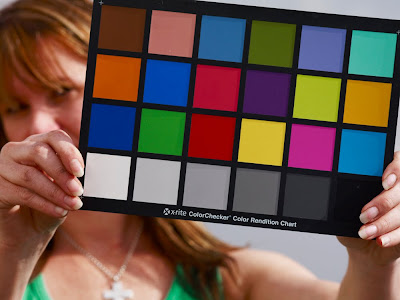
Getting a weird tinge or a dull flatness to your images and don’t know why? Using more than one camera system with random results? If so, we’ll wager you’re using the camera’s auto white balance (AWB) mode. Fear not photo visual friends, for here we’ll explain how to strike a perfect balance.
Like many things in digital image capture, stuff like White Balance may seem like a bit of a mystic black art. It isn’t. In simple terms, you’ve got two things to worry about: Colour Balance (which keeps neutral colours neutral); and White or Grey Balance (which helps keep white’s white and/or grey’s grey). The bit we’re worrying about today is the latter. Whites not being white is caused by a deficiency in colour temperature, measured in degrees Kelvin (e.g. 4,200 K). Normal daylight is around 5,500-5,700 K, whereas a candle flame is 1,800 K. So how do you take a temperature reading?
You could use AWB of course. But just like using an automatic exposure setting, the camera has to potential to get the whole shebang badly wrong. And if it gets it wrong over and over again, how do you know which one is correct? The two camera systems we use - Phase One and Canon, produce completely different results when switched to AWB. The Phase One is all over the place (literally), whereas the Canon tends to be a bit more on the money - but still far from perfect.
What to do? Well, as a matter of course, we take white balance readings (sometimes two or three times a day) using a neutral 18% grey card. The camera asses the temperature of the light reflected from the grey and makes the necessary adjustments, storing the reading as a preset in the custom white balance menu. The image above shows an x-rite colour checker card, expertly held aloft by glamorous assistant Suzie. Generally we take two readings: One from the 18% grey square, plus a second of the complete card. If you ever get yourself into a position where the images look too out of kilter even when you‘ve set a custom white balance reading, it doesn’t matter; you’ve still got a clearly defined (and constant) reference point from which to pull everything back to where you need it. We’ve been away with the fairies a few times and shot the card the next day (albeit in very similar light conditions) and got away with it!
No comments:
Post a Comment